The 2025 Formula 1 season promised a fresh chapter for Carlos Sainz after his high-profile move from Ferrari to Williams. Team principal James Vowles was ecstatic in late 2024 when he secured the Spanish driver, boldly claiming Williams now boasted the grid’s strongest lineup. Pre-season testing in Bahrain seemed to back up that confidence, with Sainz clocking the fastest time. Yet, as the season kicked off, the reality has been far less rosy. Sainz is struggling, and Williams’ early promise is fading fast. What’s gone wrong?
A Stellar Signing Meets Early Setbacks
Sainz’s arrival at Williams was a coup for the team. After a successful stint at Ferrari, where he notched multiple wins, the 30-year-old brought a wealth of experience and pedigree. Vowles didn’t hesitate to tout his new driver pairing—Sainz alongside Alex Albon—as the best in F1. However, the opening races of 2025 have painted a different picture. In Melbourne, Sainz limped to a P10 finish, trailing Albon by 0.325 seconds in qualifying. In China, the gap narrowed to 0.134 seconds, but Albon still outshone him, starting P10 to Sainz’s P15. On average, Albon’s grid position stands at 8.5, while Sainz lags at 12.5.
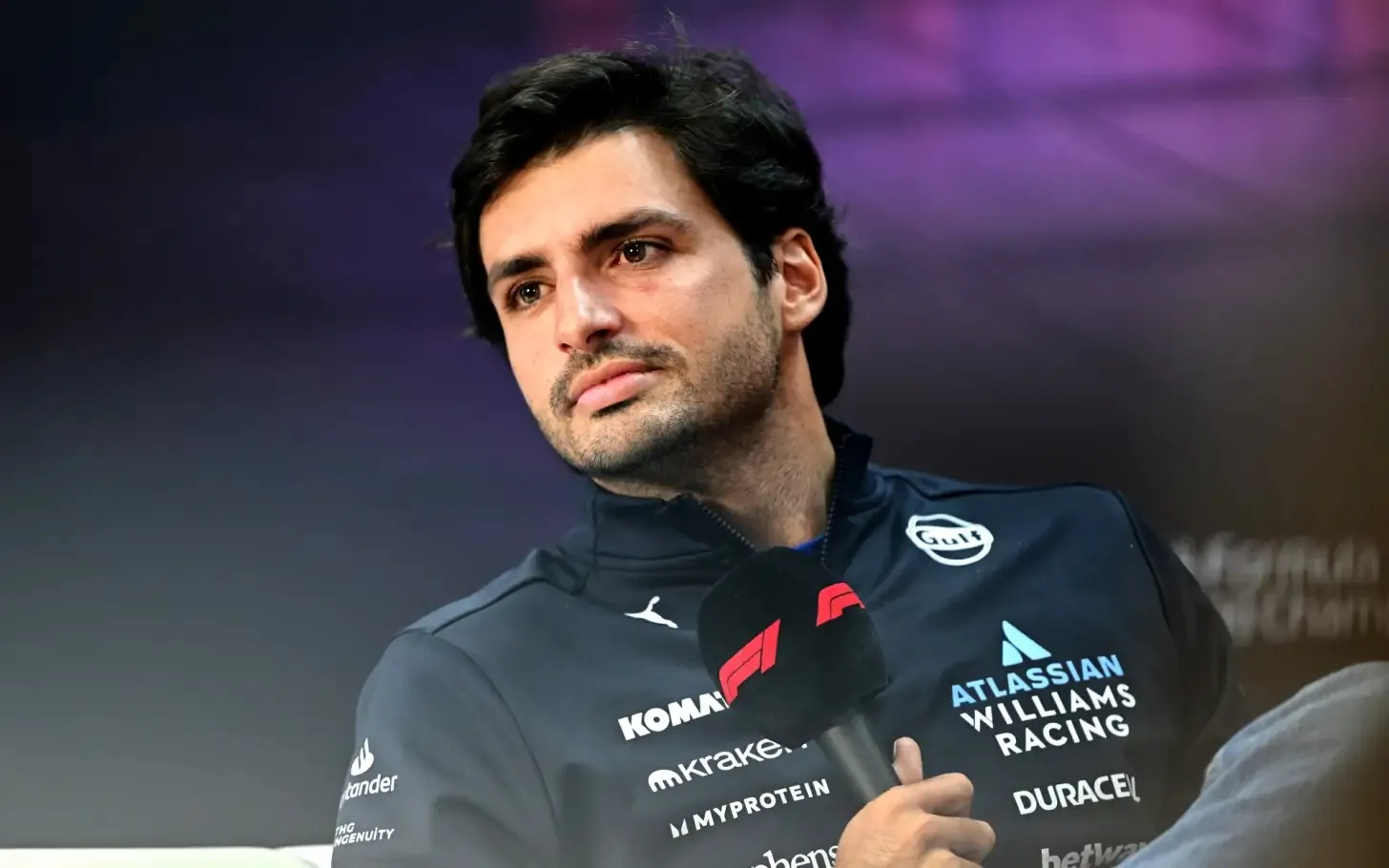
The races themselves have been even tougher for Sainz. Albon secured a fifth-place finish in Melbourne (upgraded from fourth after a penalty was rescinded) and a seventh in Shanghai, amassing 16 points in just two races—surpassing his entire 2024 tally of 12. Meanwhile, Sainz has only scraped into the points once, benefitting from disqualifications to Ferrari and Pierre Gasly rather than outright pace. For a driver of his caliber, this is a stark fall from grace.
Williams’ Strong Start Fades
Despite Sainz’s struggles, Williams has enjoyed its best season opening since 2016, when Felipe Massa and Valtteri Bottas scored 20 points in two races. Albon’s consistency has propelled the team ahead of Ferrari in the constructors’ standings—a remarkable feat. Yet, Sainz’s inability to match his teammate threatens to derail this momentum. So, what’s holding him back?
Sainz himself is perplexed. “There’s something fundamental I’ve missed,” he told RacingNews365 and other media outlets. “Since jumping into this car, I’ve been quick—Abu Dhabi, Bahrain testing—but when the track ramps up, no matter what I do, it doesn’t work. I end up slower, not faster. It’s counterintuitive and baffling.” He pinpointed the sprint weekend format as unhelpful, limiting his ability to adapt, but insists the issue runs deeper than a lack of track time.
Adjusting to a New Team and Engine
Sainz’s transition from Ferrari to Williams marks his first time racing with a Mercedes power unit, having previously driven Ferrari- and Renault-powered cars at Toro Rosso, Renault, McLaren, and Ferrari. This shift could explain some of his woes, though Williams’ chief technical officer, Dave Robson, downplays its significance. “He’s a veteran with 208 grand prix starts,” Robson said. “He’s not slow-footed when it comes to driving or setup.”
Instead, Robson points to qualifying as Sainz’s Achilles’ heel. “Simulating a proper qualifying session in testing is nearly impossible,” he explained. “In Bahrain, we didn’t see our weaknesses—like guiding drivers between runs with limited time—because it wasn’t a real quali scenario. Carlos is used to a sharper operation from Ferrari, and we’re a bit behind there.” Robson believes the team can refine its processes to help Sainz adapt faster, particularly in high-pressure sessions.
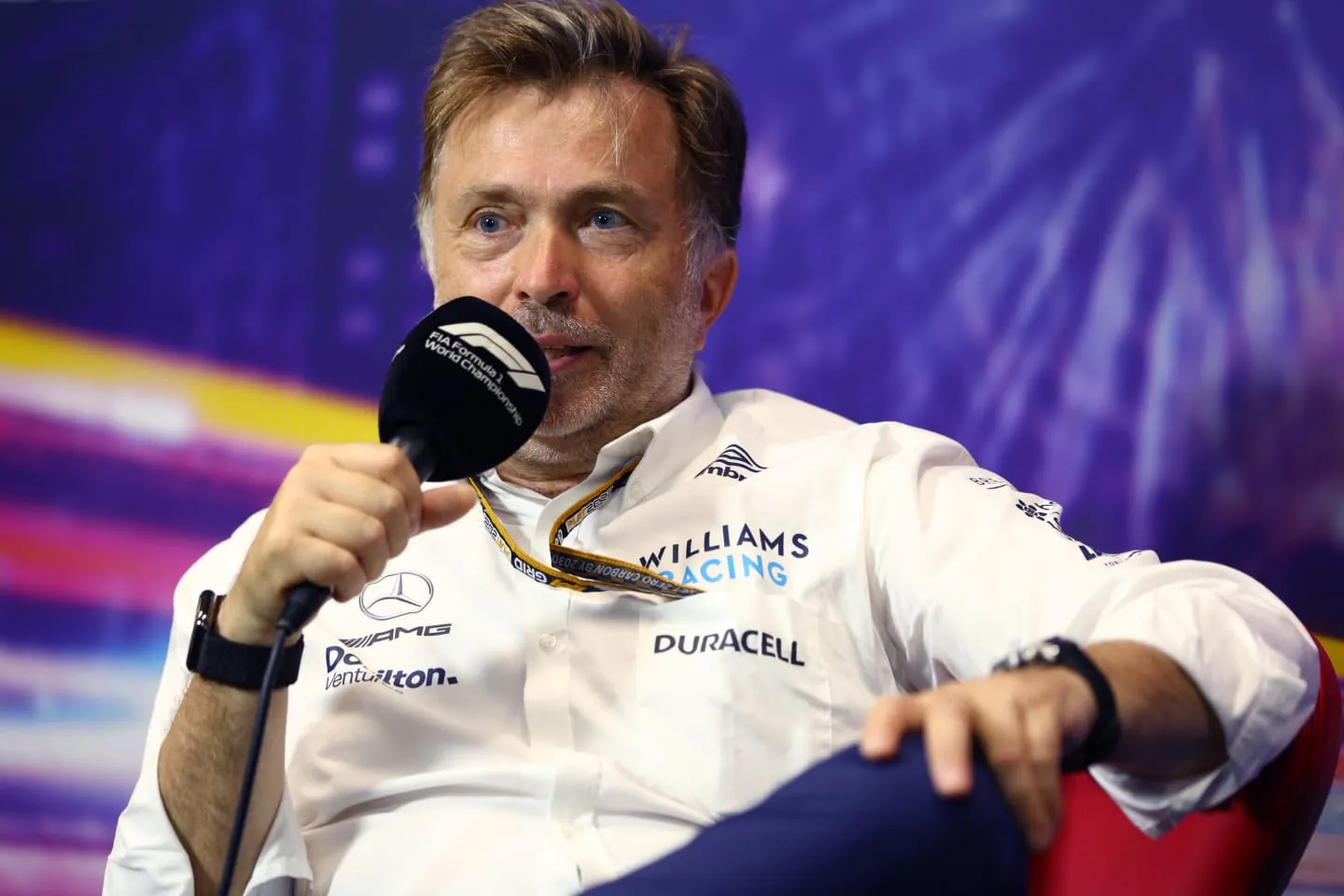
Learning from Ferrari’s Playbook
Williams has leaned on Sainz’s four years at Ferrari to improve its operations. Albon and the team have grilled him on Ferrari’s methods, from setup to strategy. Robson admits Sainz has grasped the basics—car setup, switch functions, and race weekend routines—since his 1.5-day test in Bahrain. Yet, the finer details, like managing out-laps, tire pressures, and real-time communication, remain a work in progress. “We need to better understand how to give him the right info to perform,” Robson added.
Can Sainz Turn It Around?
For now, Sainz’s career trajectory at Williams is trending downward, a stark contrast to his Ferrari highs. But it’s early days. With Albon thriving and Williams showing potential, there’s hope yet. The team plans to analyze Sainz’s feedback—particularly his “fundamental” concerns—to unlock his pace. If they can bridge the gap in qualifying and fine-tune their approach, Sainz could still salvage his season and justify Vowles’ bold claims.
Conclusion
Carlos Sainz’s rocky start at Williams in 2025 has raised eyebrows. While Albon shines, Sainz grapples with an unfamiliar car and team dynamic. Technical missteps, adjustment pains, and a puzzling lack of pace have left him in the shadows. Will the Spaniard rediscover his form, or is this the beginning of a steeper decline? F1 fans are watching closely as Williams and Sainz search for answers.

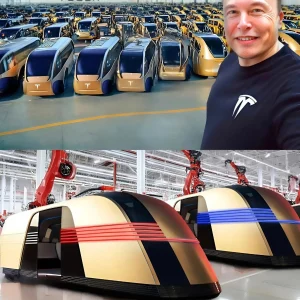
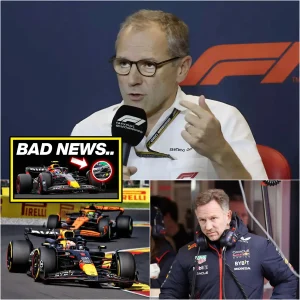
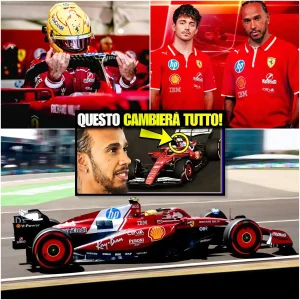

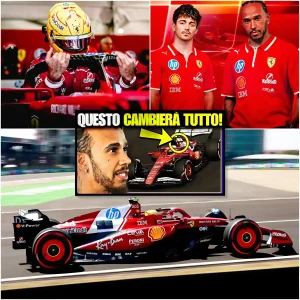
 Ferrari SURPRISE with CRAZY NEW UPDATE on SF25 for Japanese GP!
Ferrari SURPRISE with CRAZY NEW UPDATE on SF25 for Japanese GP!